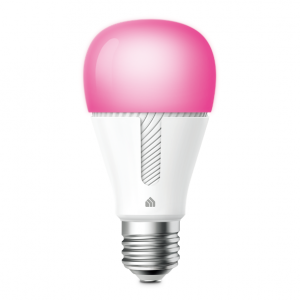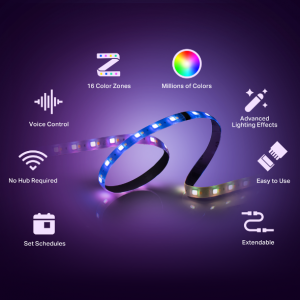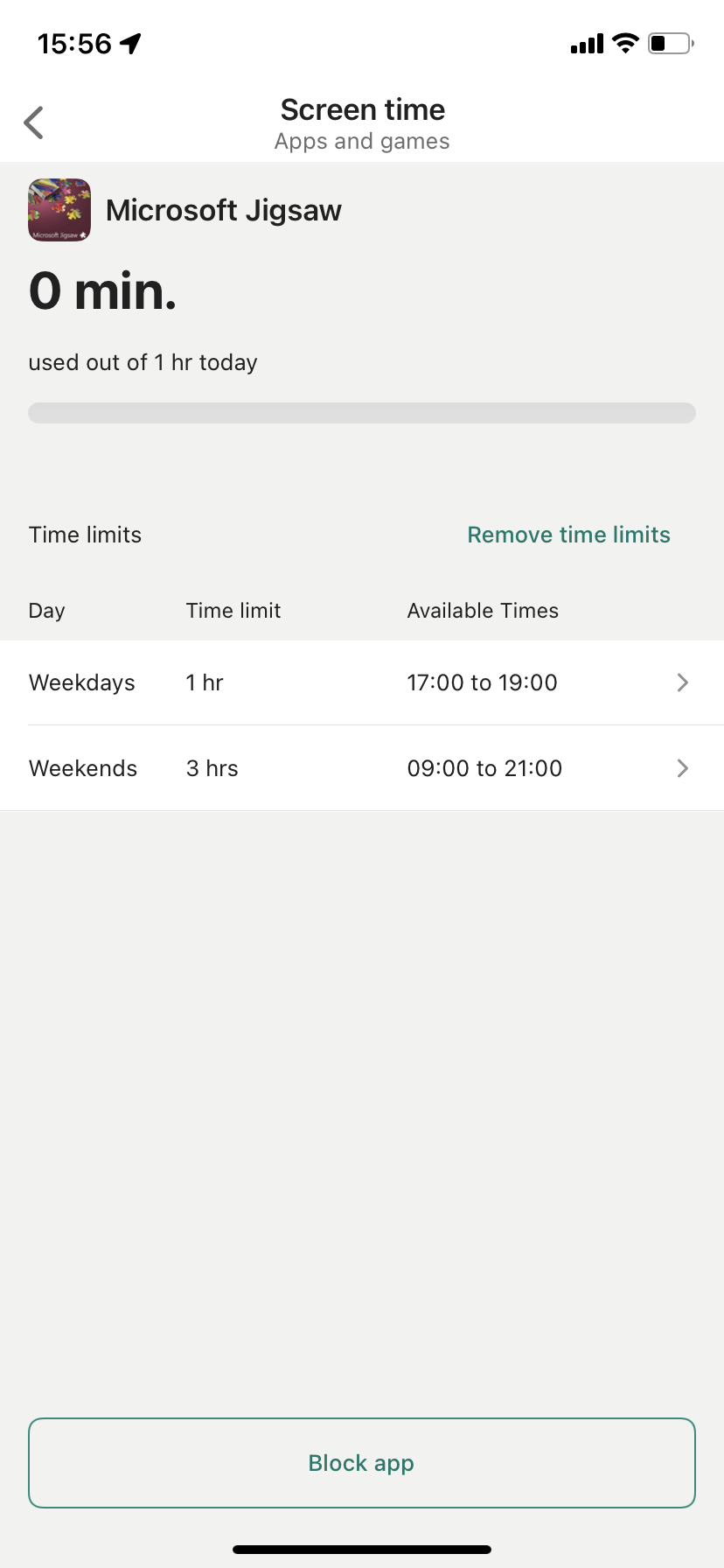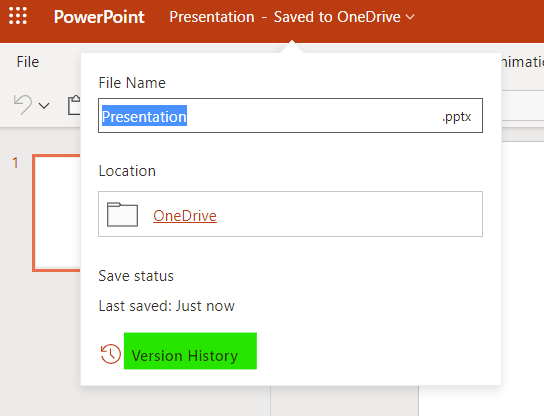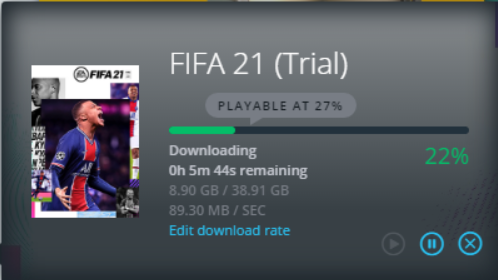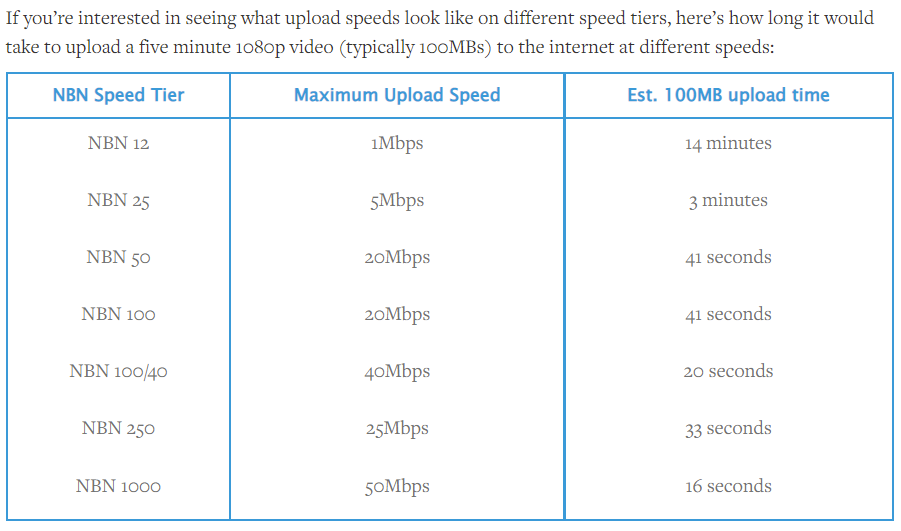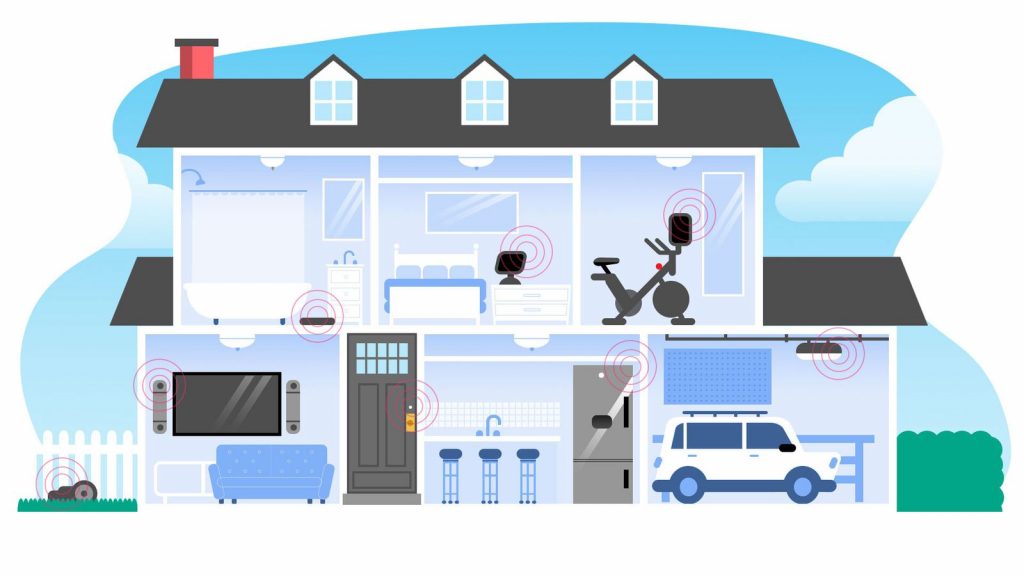
Everyday your home is getting smarter, from dedicated smart devices like Google Hub or Alexa to the humble light bulb that connects to Wifi, more connected devices will enter (or invade) your home. You can either resist it and risk missing out on a lot of convenience, or embrace it to make your life a little easier.
In this section I will talk only about the devices I am familiar with. But keep in mind there is a lot more to discover.
Google Nest Hub
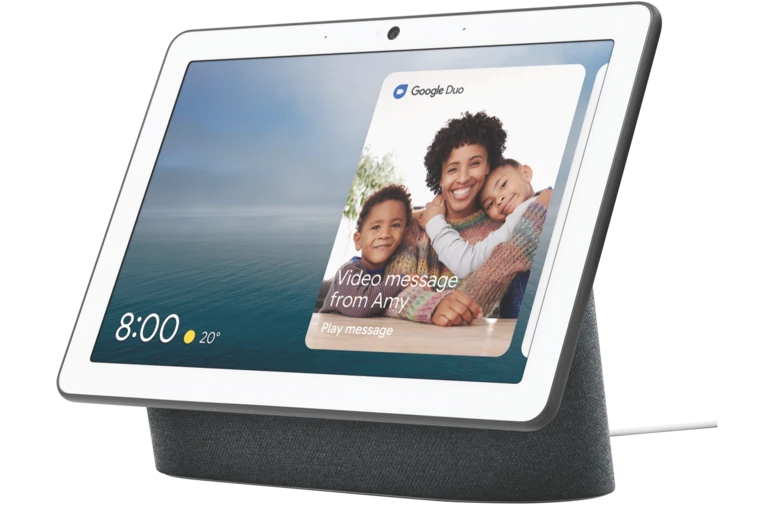
The Google Nest Hub is a great device to have in your loungeroom. You just call it by saying “Hey Google” and issue a voice command. We use it all the time for many things such as:
- Run Google searches
- Create reminders and events
- Create timers
- Add items on the family shopping list
- Play music on a linked Spotify account
- Show YouTube videos
- Do calculations
- Tell jokes
- Control compatible home devices such as smart light bulbs and power plugs
- Act as a digital photo frame when idle
- and the list goes on…
We have the small 7″ hub but I think the Max version is much better with a 10″screen, a powerful speaker and a camera that can recognise you.
Smart watches
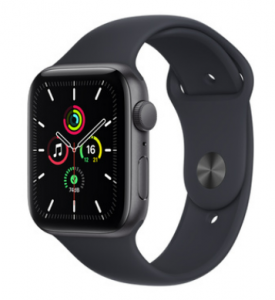
I can only talk about the Apple Watch since this is the only one that we use but I guess the functionality is very similar for other brands of smart watches. Essentially the Apple Watch really acts as an extension of the iPhone, you can:
- Receive notifications on the watch (apps and calendar)
- Receive and make calls
- Receive and make SMS (you can use Siri to write the SMS for you)
- Pay with Apple Pay
- Record physical activity in Apple Health
- Activate fall detection (great for elderly users)
- Unlock my iPhone when I wear a facemask
- and many other things (like checking the time 😊)
I must admit I was a little dubious about having an Apple Watch as I thought my iPhone could do everything but now I wear it all the time as it does make my daily life easier. I decided to purchase the Apple Watch SE which offers great features at a lower cost than the Apple Watch 7. I also selected the cellular version so I maintain voice/SMS connectivity while I am out surfing (very handy when I am running late). Note that using cellular only drains the battery quite heavily (about 30% per hour).
Important note: if you are going to use the Apple Watch for water sports like surfing, you should replace the band with something more secure. I use the Nomad band and I am very happy with it. Do NOT use the Apple Solo Loop as it WILL slide from your wrist in a big wipe out as I’ve painfully learned 😭
Smart power plugs
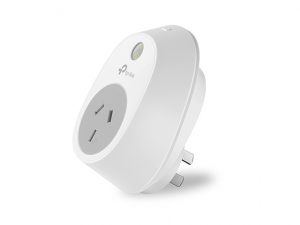
Smart power plugs are great to remotely control devices that don’t have a built-in timer. For example I use it to start a dehumidifier at night and stop it early in the morning. I use the TP-Link HS100 smart plugs, they’re inexpensive and very reliable.
You either use the TP-Link Kasa application or Google Assistant to control the smart plug (“Hey Google, turn on the fan”).
Smart light bulbs
Okay, smart lights are probably gadgets that you don’t REALLY need but they’re fun little things to create multicoloured effects in your house. I use a brand called Brilliant but I should have gone for the TP-Link Kasa ones as I could have used only one app to manage both smart plugs and light bulbs.
You either use the TP-Link Kasa application or Google Assistant to control the smart light bulb (“Hey Google, switch off the loungeroom”).
Health devices
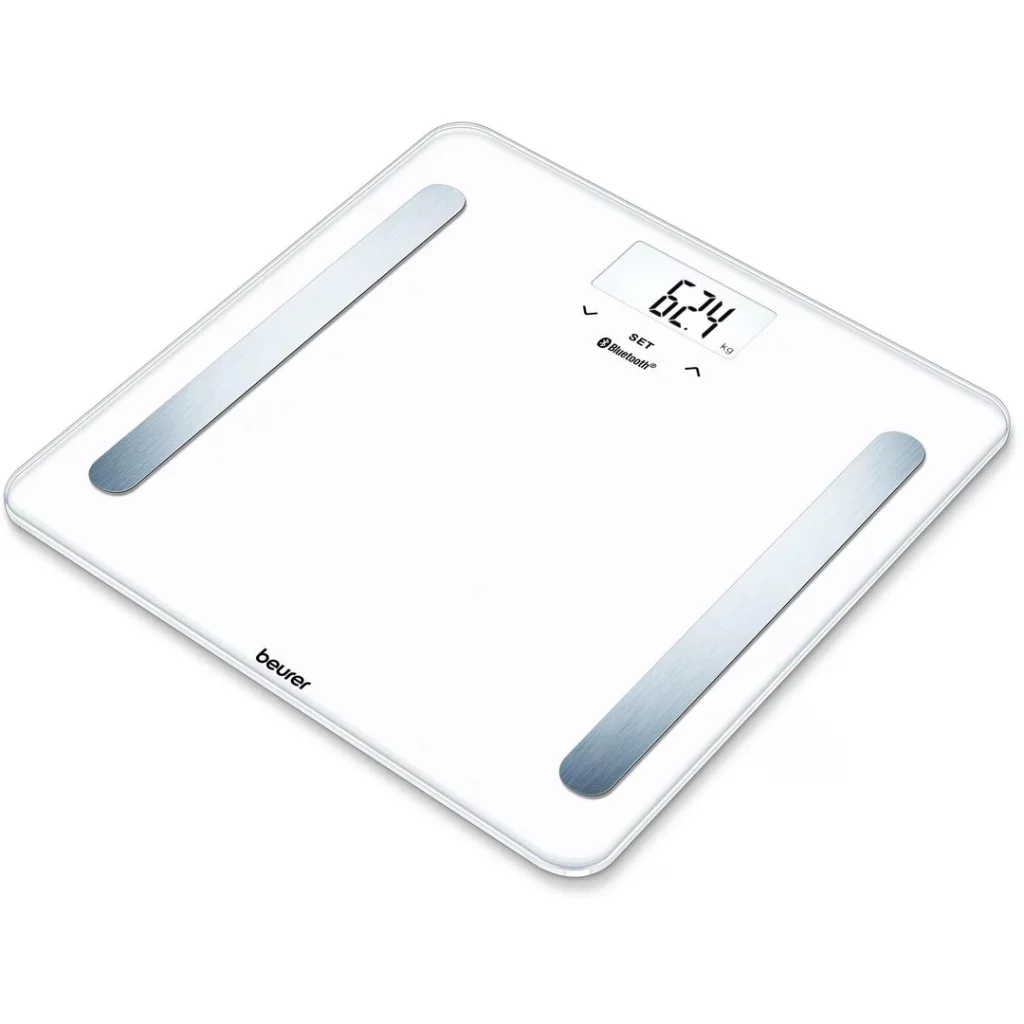
Many modern health devices can now connect to your phone via the manufacturer’s app and record values in Apple Health or Google Fit.
For example I use a Beurer BF600 scale that records my weight in the Beurer Health Manager app via Bluetooth. The values are also recorded in the Apple Health database on my iPhone for long term storage.
Another example would be a blood pressure monitor like the Omron HEM-7361T that integrates with Apple Health via the Omron Connect app.
There is now a whole ecosystem of health and fitness devices that integrate with Apple Health or Google Fit so you can monitor historical trends and help you stay in better health!
Bluetooth trackers
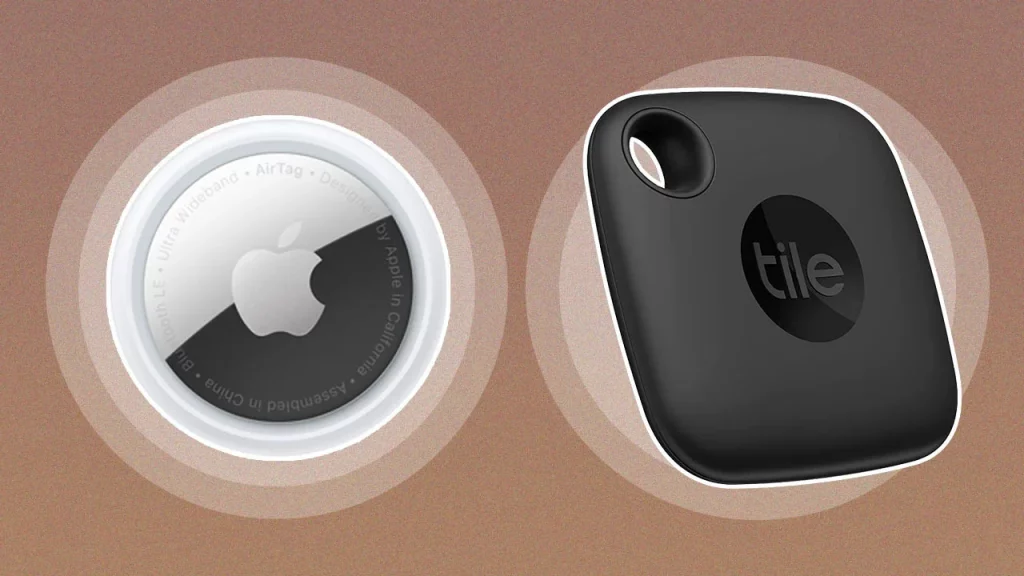
Trackers are little devices that you attach to things (or pets) that you want to locate when they get misplaced. I use two brands of trackers: Tile and Apple AirTags
Tile: Tile was the de facto standard until the apparition of the Apple AirTag in 2021. For Android users, it is probably still the best tracker available. The principle is very simple: you can make the Tile ring with your phone to locate it, up to 120m for the Tile Pro (you can also make the phone ring from the Tile, very handy). The sound is pretty loud so you should be able to locate it in most cases. If the Tile is out of range, you can place it in lost mode and then surrounding Tile users will anonymously locate it for you so you get an approximate location to go to and then use your phone to retrieve it. See more details here.
Apple AirTag: I switched from the Tile to the Apple AirTag as soon as it got released. The first reason is that it integrates seamlessly with the Find my device feature of the iPhone, the second and most important reason is that it uses the vast network of Apple devices to help locate the lost AirTag whereas the Tile can only rely on the much smaller Tile users community. Granted, AirTag works ONLY with Apple but having 30% of the mobile device market is a huge advantage. So far the only feature that I am missing with the AirTag is that I can’t make my iPhone ring. But since I can do it from my Apple Watch, it’s not a problem.
This is a bit sad to say but although Tile helped create an entire new market, Apple’s entry with a superior product threatens Tile’s position and they will need to innovate, especially on the Android market if they want to survive. So far they have responded by extending the range of Tile devices to match various use cases but I think they will need to find something more compelling to truly counter Apple.
Read this good article from Australia PC magazine on the topic.

